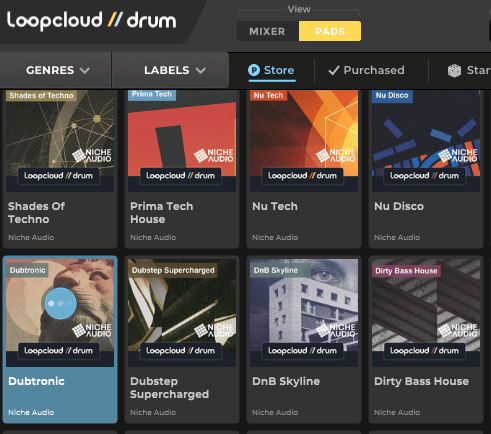Blog
8 Drum Sequencing Tips for Better Beats
17 Sep '2021
Improve your grooves and drum programming game with this guide to sequencing on Loopcloud DRUM
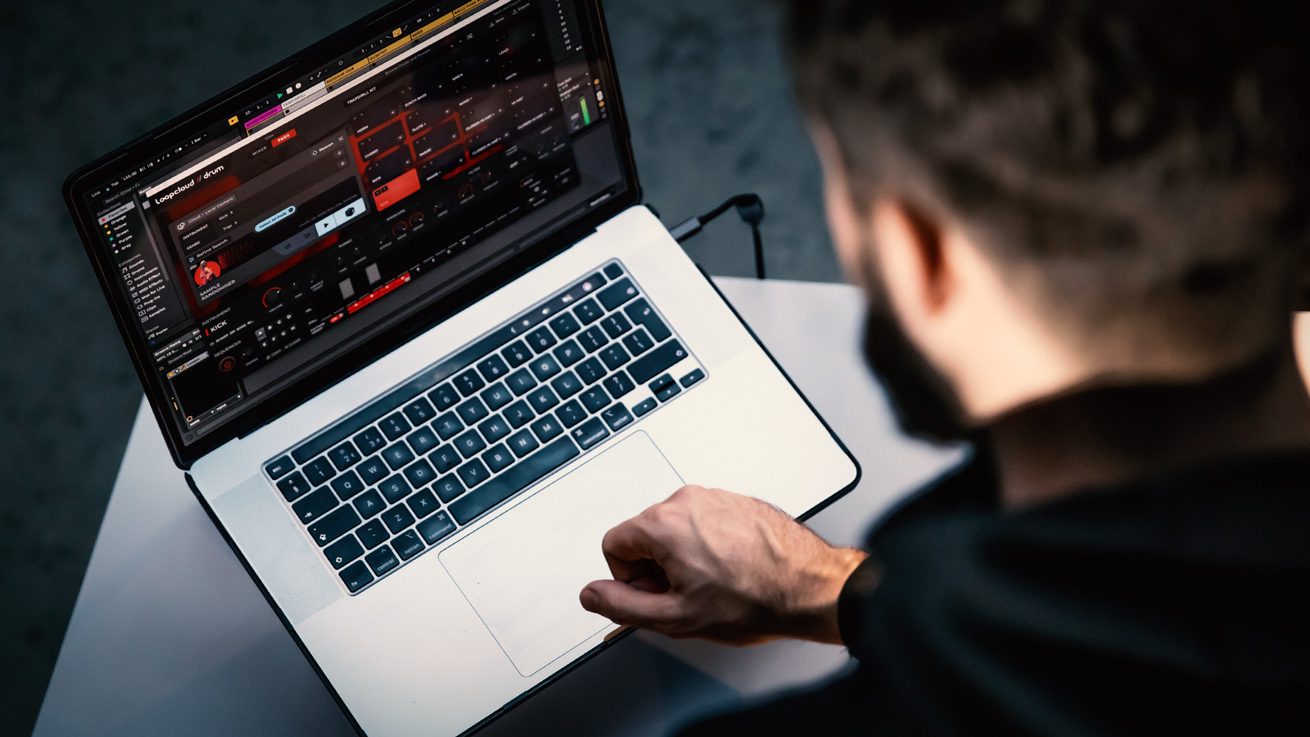
It’s no secret that a great drum beat can make or break a track. When the rhythm is right, creativity follows, and it becomes much easier to add chords, basslines and melodies to your composition. On the other hand, if your foot’s not tapping and your head isn’t bobbing, it can be harder to get into the swing of things!
Sequencing is a fun way of plotting out drum patterns, and when used properly it can be a seriously productive compositional technique. Let's look at eight drum sequencing tips to get those beats banging, which can be applied to Loopcloud DRUM or any other sequencer.
1. Use velocity properly
Velocity can be understood as how hard or soft you hit the drum, and is a parameter that is applied across all MIDI instruments. Varying the velocity of your drums helps to create a more human feel. After all, how likely is it that a real drummer would be hitting their snare with the exact same force every single time?
Saying this, varying velocities while sequencing your drums isn’t only a technique used to mimic human imperfection. Mixing up the velocity can also change up grooves while playing the exact same rhythm, which has been shown across many genres, from rock and jazz to garage and trap music.

The above image demonstrates how easily you can reduce the first note of each beat to accent every other note in Loopcloud Drum. Adding accents to your beats this way is generally preferred, as simply raising the volume of one of your hi hats may cause clipping, adding unwanted artifacts to your sound.
2. Mix up your patterns and sequences
Although drum loops are an essential part of making electronic music, there can be occasions when your track can seem a little repetitive. This can be remedied in a melodic sense by ensuring that your basslines and chord progressions don’t all follow the same loop length, but another way of keeping an organic feel is to add variation to your drum patterns.
You can do this by making a few variations of your drum pattern and alternating between them, but for an even more nuanced approach, Loopcloud DRUM has the ability to switch between your patterns on the fly. This allows you to switch seamlessly between each of your patterns, without retriggering the pattern at the start of each loop.
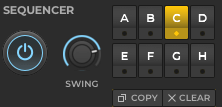
You can either choose to create a pattern order shown at the bottom of the screen (ABC) and then turn the pattern order on to play through each of your patterns, or seamlessly switch between patterns by clicking between patterns A-H in real time.
Using this feature, you’re able to create a hybrid bar that starts with the first half of one pattern, switches to another pattern half way through, and ends with a third pattern. Being able to wield this kind of flexibility when it comes to your drum patterns opens you up to a wide range of creative possibilities.

3. Layer it all up
If you’ve ever used a stock drum kit in a track, you’ll know that they can often sound a little bland and uninspiring. Today, we are no longer limited to a handful of samples from drum machines and there are millions of sounds to choose from. To properly do justice to your track, make sure you take the time to curate the drum hits.
If you find a kick drum that you like, but it isn’t quite hitting hard enough, layering is an option to help fill out your drum samples, or even just to add some more character. By taking two stock samples and layering them together you can tailor your drum sounds to work cohesively within your arrangement.

One thing to note is that when you layer your drum sounds to introduce a desired frequency, you may also be adding in additional frequencies which end up clashing. Fortunately, you can easily remedy this by carving out any of these frequencies, helping the sounds to gel together. You can do this using an EQ plugin in your DAW, but Loopcloud Drum also comes with filters and ADSR envelopes for sound shaping.
Finally, sometimes you may be using the right sounds, but they simply require a little tuning. Kick drums should generally be tuned to the key of your song but a simple rule is if it sounds good, do it! Make sure to experiment with the tuning, time stretching and FX of your drum samples to create a drum beat that will really match the feel of the rest of your song.
4. Time your layers
Although layering your drums is definitely a great way to create a fuller sounding drum loop, sometimes a slight shift in the timing of each of your elements can really bring your drums to life.
For example, say you have a rim shot sample that sounds punchy but lacks a tail to the sound. You could combine this with a snare drum that’s offset ever so slightly, and get both a punchy click and a longer tail.
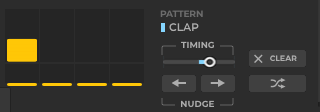
By adjusting the volume envelopes of each of your drum samples, you can ensure that the best quality of each of your sounds is shining through, and this allows you to remove any unwanted clicks or pops from any of your own samples.
This technique is also incredibly useful for claps, as you can stagger various clap samples to achieve an organic sounding percussive sound. This can be done incredibly easily by using the timing fader on Loopcloud DRUM. By starting each clap at the same time in the pattern sequencer and then adjusting the timing you can find the perfect placement for each of your clap or percussion samples.

5. Add some Swing
Adding swing to your beat is a great way to create a skippy feel that is much less rigid than a straight 4/4 beat. In a recent article, we explained how you can add swing to your music (link to swing article), as well as how it’s been used in a variety of genres.
In short, you can add swing to your beats by creating a triplet pattern and removing the middle triplet of each beat bar. This can also be thought of as slightly shifting the position of every other quarter note in a 4/4 grid.
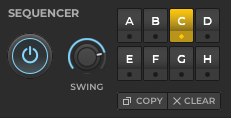
Loopcloud Drum allows you to adjust the level of swing in your beats, changing the amount for different sections in your music. You can also search for samples and loops based on the desired amount of swing that you are looking for, so you can find samples that will fit perfectly with your beat.
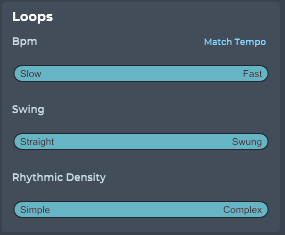
6. Higher is busier
You can often think of your kick drum and snare as the main pulse for your track, the foundation and rhythm upon which the rest of your beat is built upon. In many genres these two drums often fall on the same beats in each bar. For this reason, it can be useful to start simple with your kick and snare pattern, increasing the complexity as you move onto other percussive elements.
By starting with your kick and snare, you can then creatively place your hi hats to interact with this rhythm to create the skeleton for your beat. Once this is done, you are then free to add any articulations through tom rolls or hi hat rolls, or even other additional sounds where there is space in your beat.
Drum rolls and additional hits can be added by clicking below each one of your hits in the Loopcloud DRUM sequencer in the roll section. This is incredibly useful for trap producers as it gives you the ability to add and remove hi hat rolls on the fly.

One thing to mention is that it is not always the best idea to fill every second of your drum beat with noise. Sometimes, silence in between your drum hits is what creates a groove. If you aren’t improving your beat by adding another element, then don’t be afraid to delete that particular sound.
7. Field Recordings
Sometimes the best drum beats are created without using any traditional drum sounds in the first place. If you’ve ever heard a track that replaces a drum sample with a found sound then I’m sure you’ll understand how using unique drum samples can really switch up the feel of a drum beat.
A great example of this is Havoc (Mobb Deep) using a recording of a stove top when creating the drum beat for Shook Ones Pt. II. If you have a microphone or field recorder at your disposal, then it can be great fun to create your own sound library from anything you can think of.
Luckily, Loopcloud has a wide range of field recordings that are ready to chop up and use in your own beats. This is a great way to dive into the world of foley samples without having to invest in an expensive microphone.
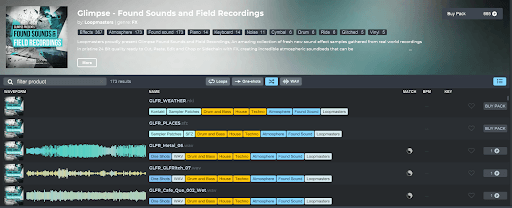

8. Using Drums that Work
This last tip might seem obvious, but the drum sounds that you use for one song may not sound right in another. There isn’t generally a tried and true method for what drums will sound the best in your production, but it can often be a good idea to study artists with a similar sound to what you’re going for.
Ask yourself what types of sounds are used in different situations. For example, some artists use cymbals and crashes to signify the beginning of a new phrase in their music. If you are sampling a song from a particular genre or musical culture, then maybe you could try using percussion that is typically found in the song you’ve sampled.
If you are looking for drum sounds for a particular genre, or perhaps in the style of some of your favourite artists, Loopcloud also offers a range of drum kits that are ready to use for a variety of genres.
